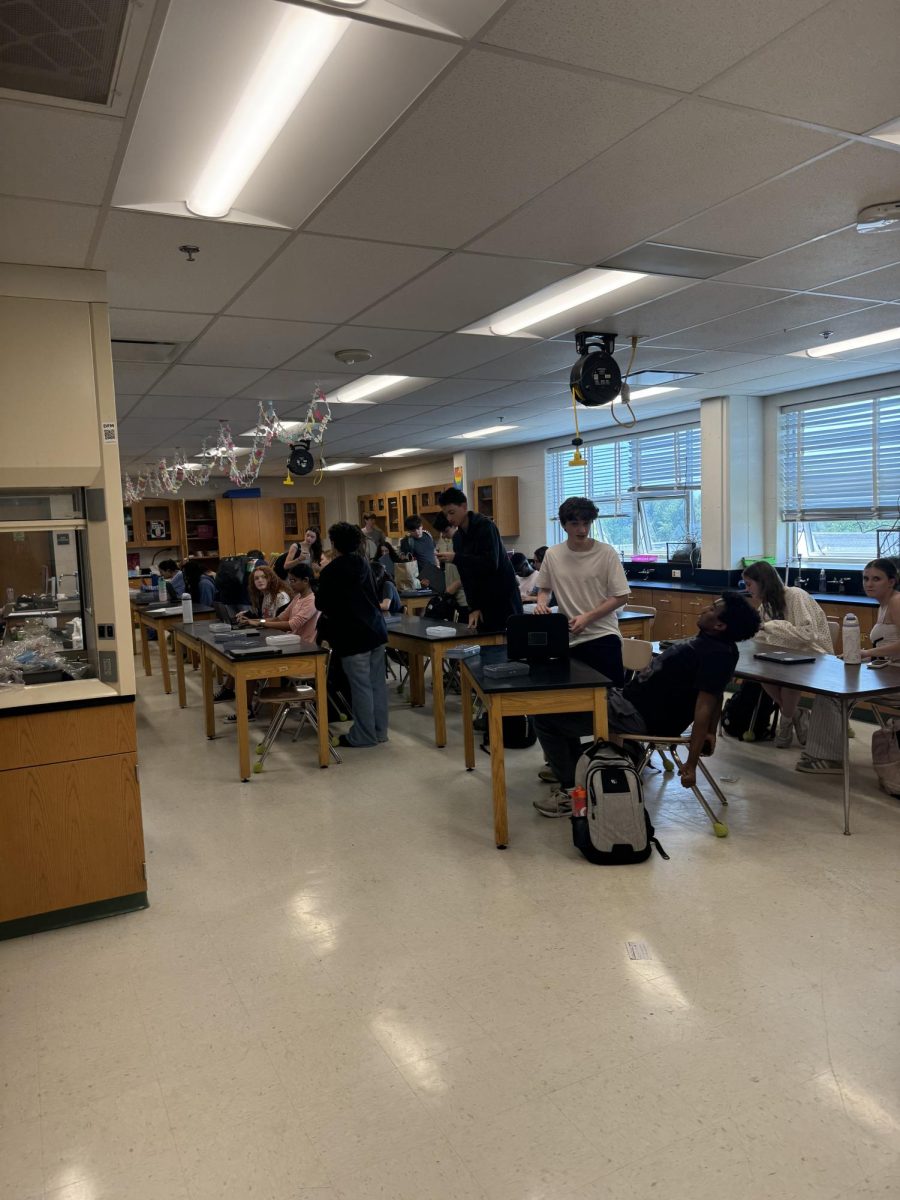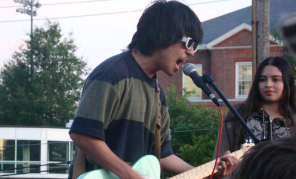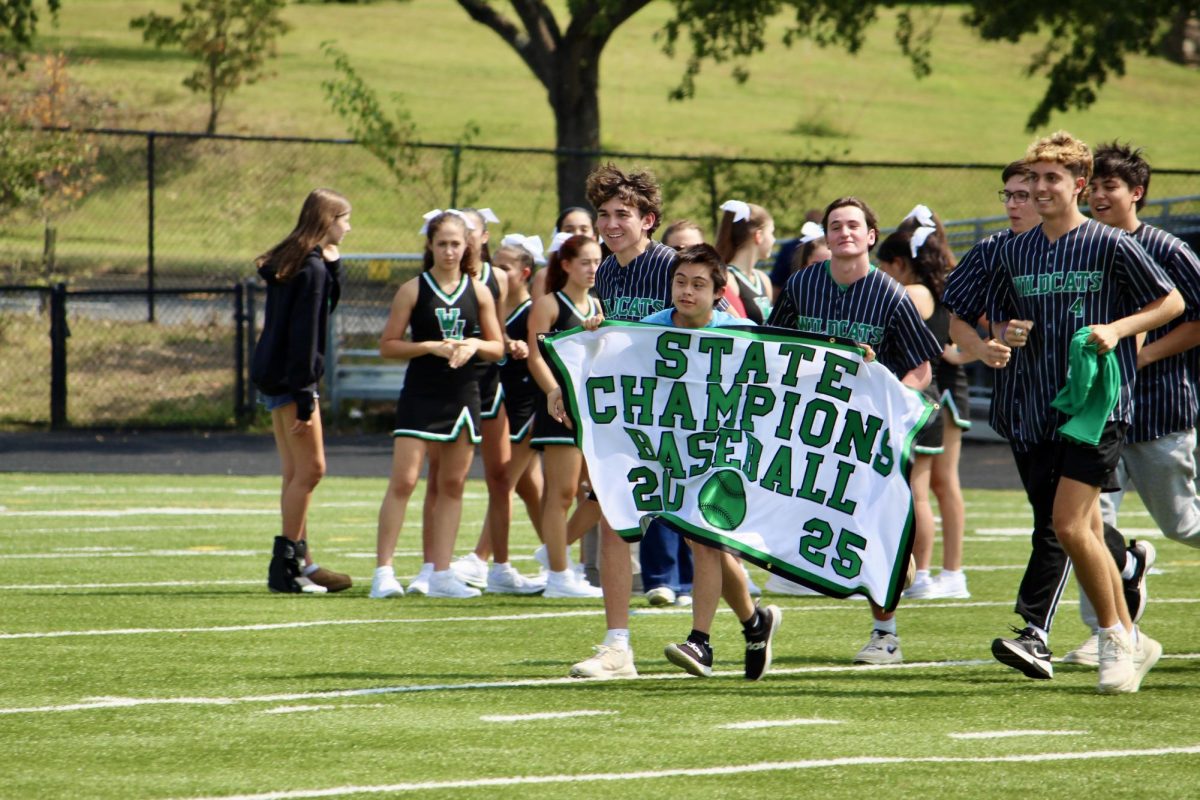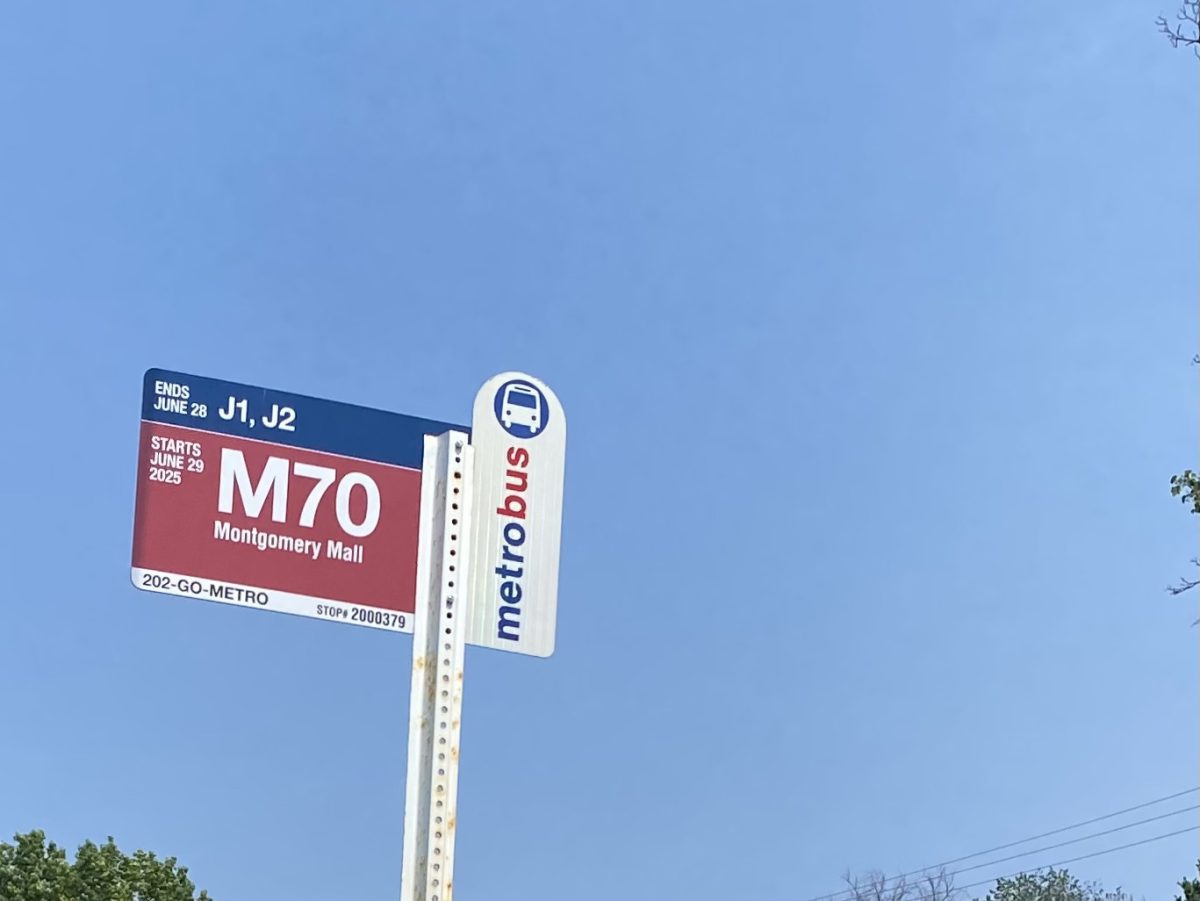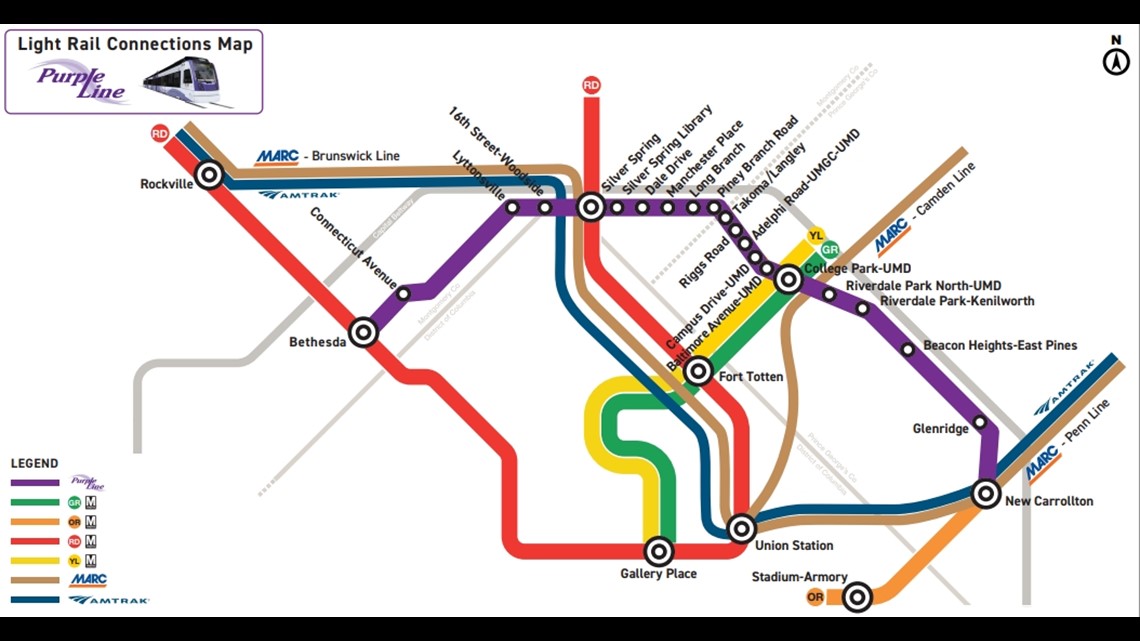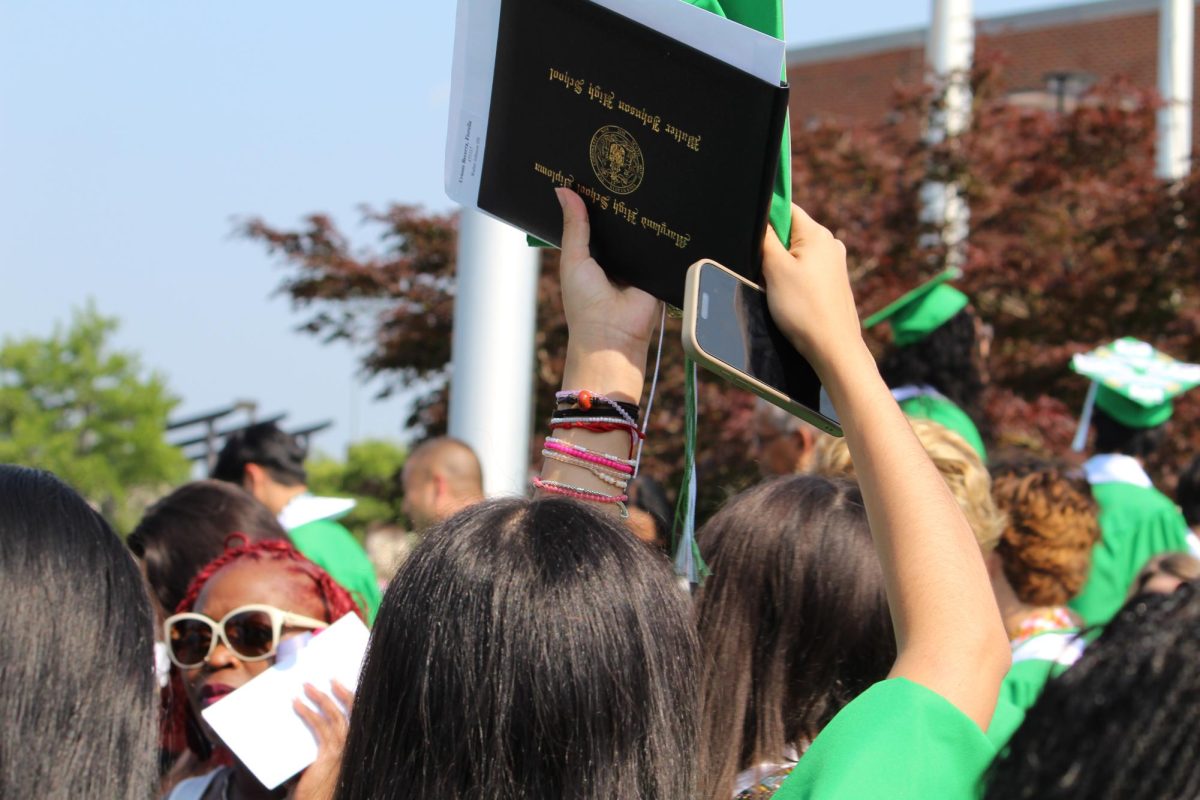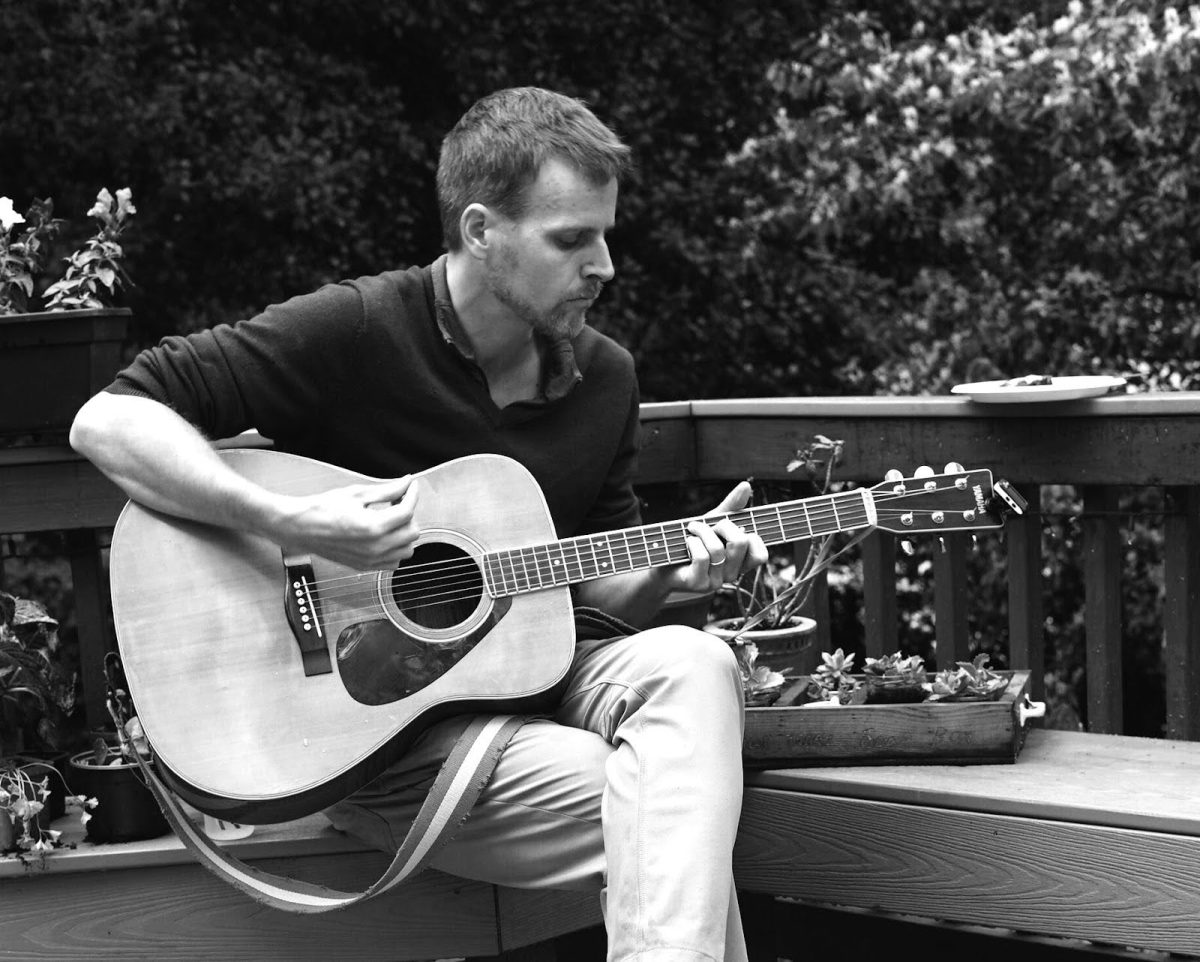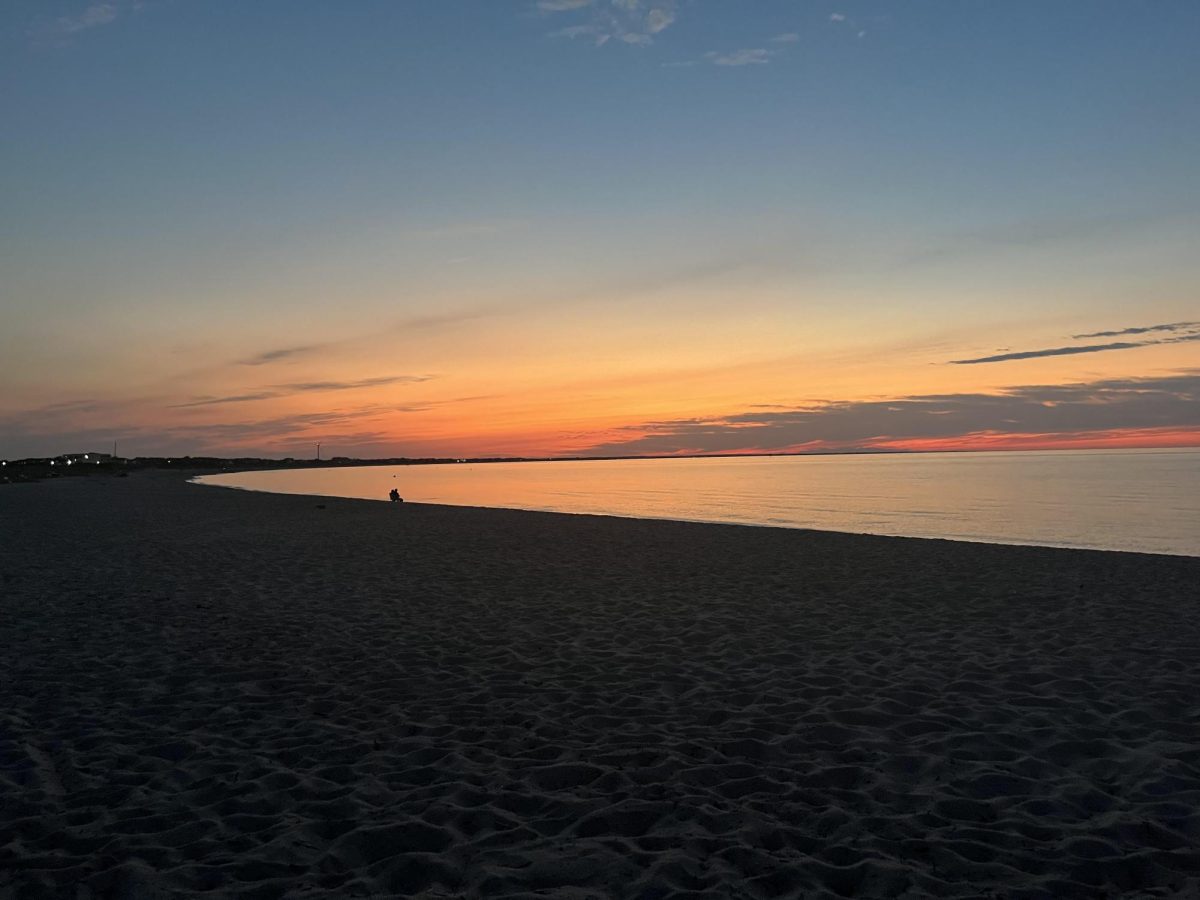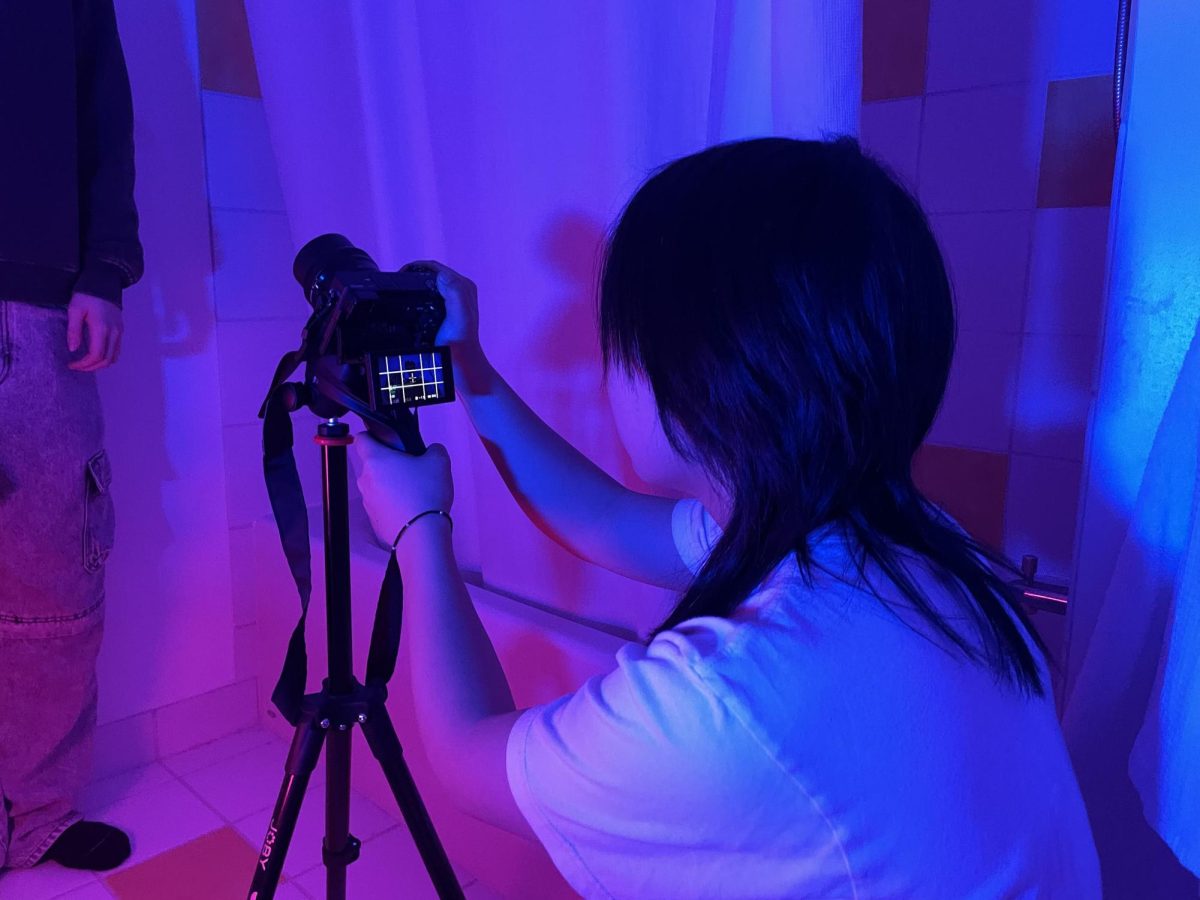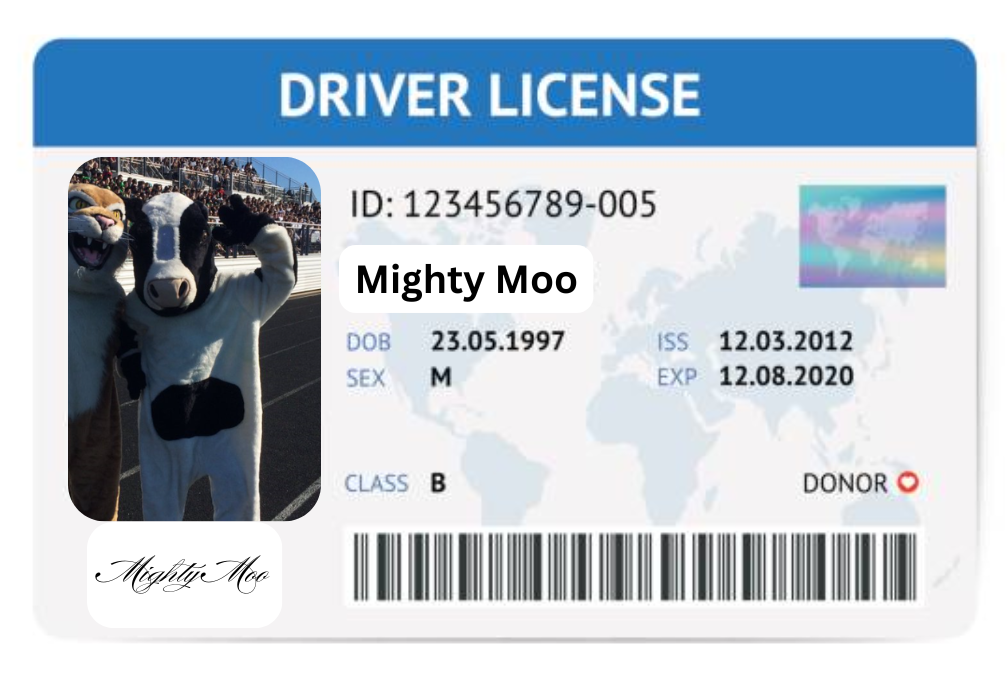The second her class moved online for the fall, class of 2020 alumna Tena Karpatkin knew that she would take a gap year. For other students, however, deciding how to balance education with safety was not that easy. As COVID-19 radically changes how students go to school, college freshmen have to make hard decisions about their education.
Throughout the summer, colleges released their plans for the fall semester as it became clear that they would have to make major changes to accommodate the threat of COVID. The options varied; many colleges chose to go completely online and some chose to have students on campus with a mix of in-person, online and hybrid classes.
Class of 2020 alumni Kathleen Browning who is currently on-campus at Oberlin College has three classes online and one in person. However, it was not only the class types that needed to be altered for on-campus students.
“Everyone has to wear a mask when they leave their room and in one room people aren’t allowed to have more than 10 people there. And at the dining halls we pick up our food and bring it back to our rooms to eat,” Browning said.
The impromptu online spring semester concerned many rising college freshmen, such as Browning and Karpatkin who faced the prospect of starting their first year of college online.
“I decided to take a gap year because I remembered how hard remote classes were just from the last semester of senior year and I am paying a lot of money to go to Mount Holyoke. It wasn’t exactly a cheap school and I didn’t want to pay so much money for them to be on Zoom. I wanted the full college experience,” Karpatkin said.
Some colleges, such as the Savannah College of Art and Design (SCAD) already had programs for online learning, including resources for students to stay organized. With the increase in students utilizing such programs, these resources have become even more important for college freshmen such as class of 2020 alumni Atticus Goodenow.
“SCAD’s e-Learning program doesn’t actually require you to physically go to Zooms and stuff so mostly it is asynchronous. So as long as you stay on top of what you need to do it is pretty simple and straightforward. And thankfully one of the first assignments I did was visual scheduling for all of my classes in my design class so I am pretty confident about staying on top of the workload,” Goodenow said.
No matter what, there are downsides to every option. Whether it’s taking online classes and staying home, going on campus or taking a gap year, coronavirus has robbed college freshmen of the full college experience.
“The negative is that… I was kind of forced to do this. I wanted to go. I picked Mount Holyoke because it was my first choice, it was my dream school. I really wanted to go. I love it so much and am so excited to go next year but, like I am stuck in Maryland for another year. I am literally walking around the same block that I walk around every single night. I am just kinda bored and stuck and I wish I wasn’t but I would still be bored and stuck if I hadn’t taken a gap year,” Karpatkin said.




